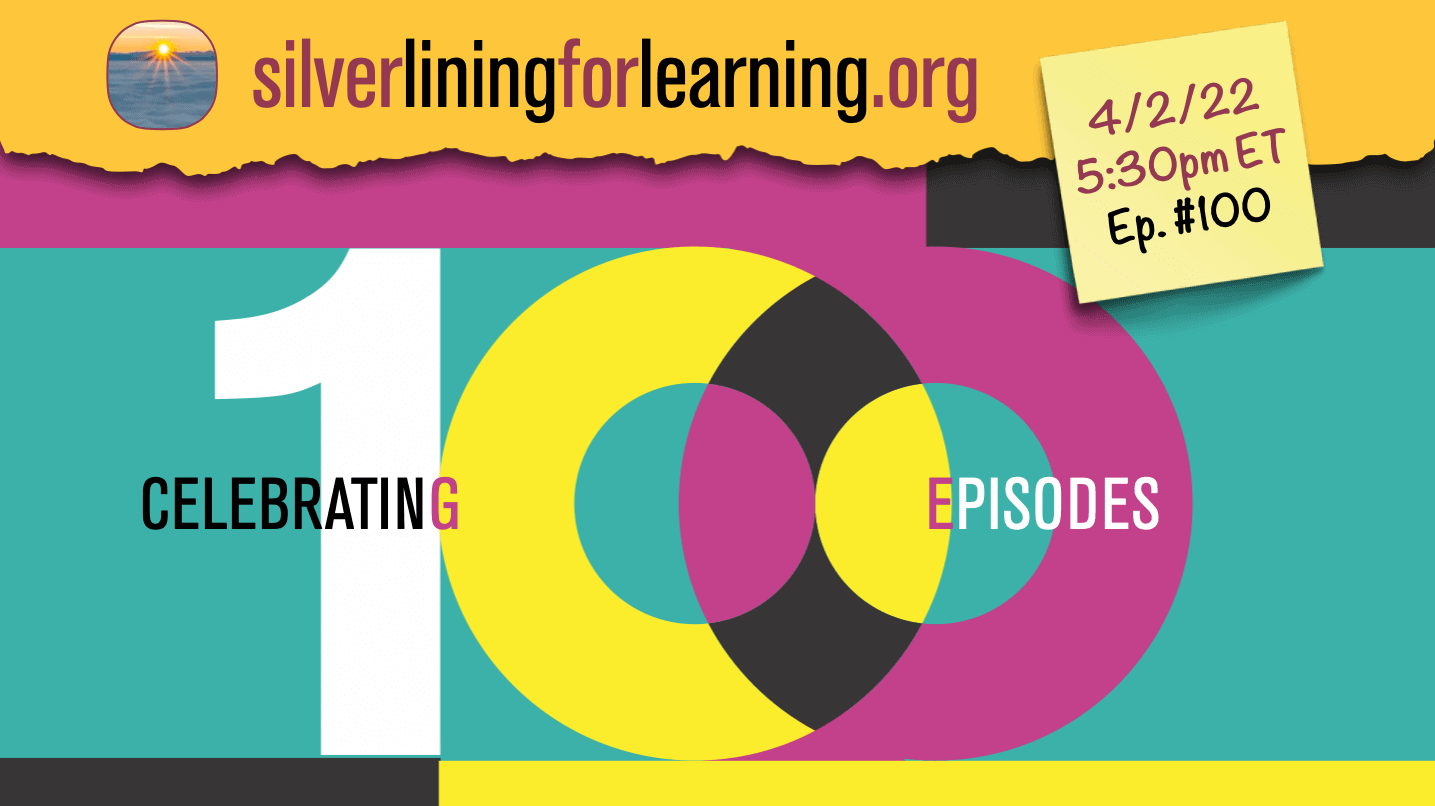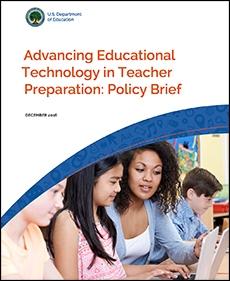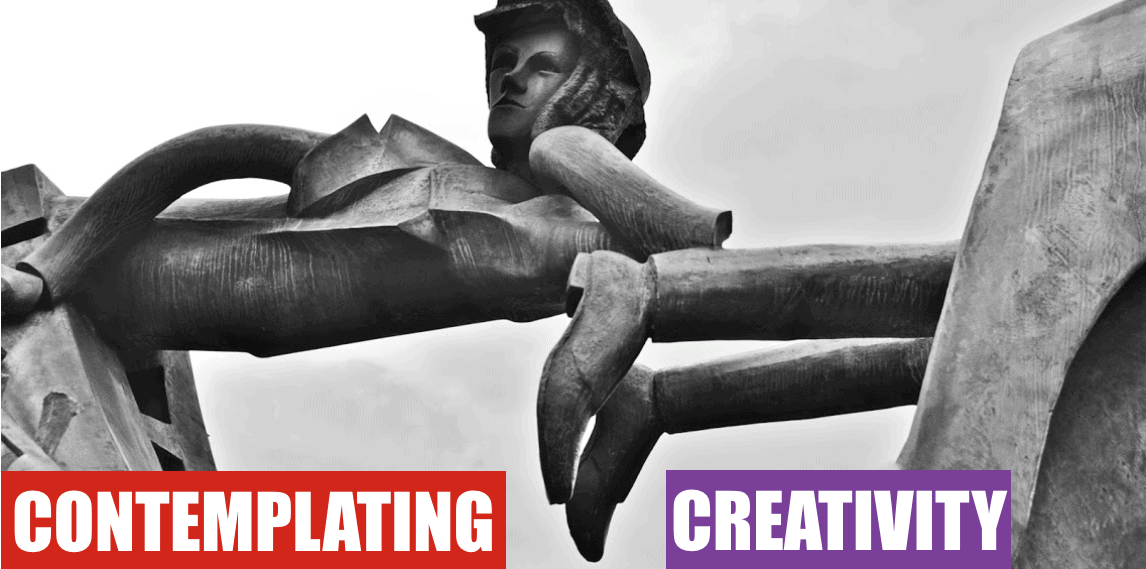I had posted yesterday a new ambigram for the word “algebra.” It was a mirror-reflection design i.e. it reads the same when reflected in a mirror. What I liked about the design was the fact that it actually looks like an algebraic equation with a left-hand-side and a right-hand-side, separated by something that looks like an “equal to” sign, which is what typically algebraic equations look like. This is what the first design looked like.

And then I got to thinking. A typical algebraic equation though separated by an equal-to sign actually has different things on both sides (they are same and yet not the same – which is the whole point!). It is the equality of these two different things that allows us to compute and solve the equation. So here is a new design where the left hand side is NOT the same as the right hand side and yet the word is still readable when reflected. Here it is

I think this is the first mirror-ambigram I have created that is actually not symmetric visually and yet reads the same word in a mirror (so it is symmetric at a deeper level)! Same and yet, not the same. How cool is that.




Excellent mirror ambigram version of algebra, wonderfully its created and explain also.